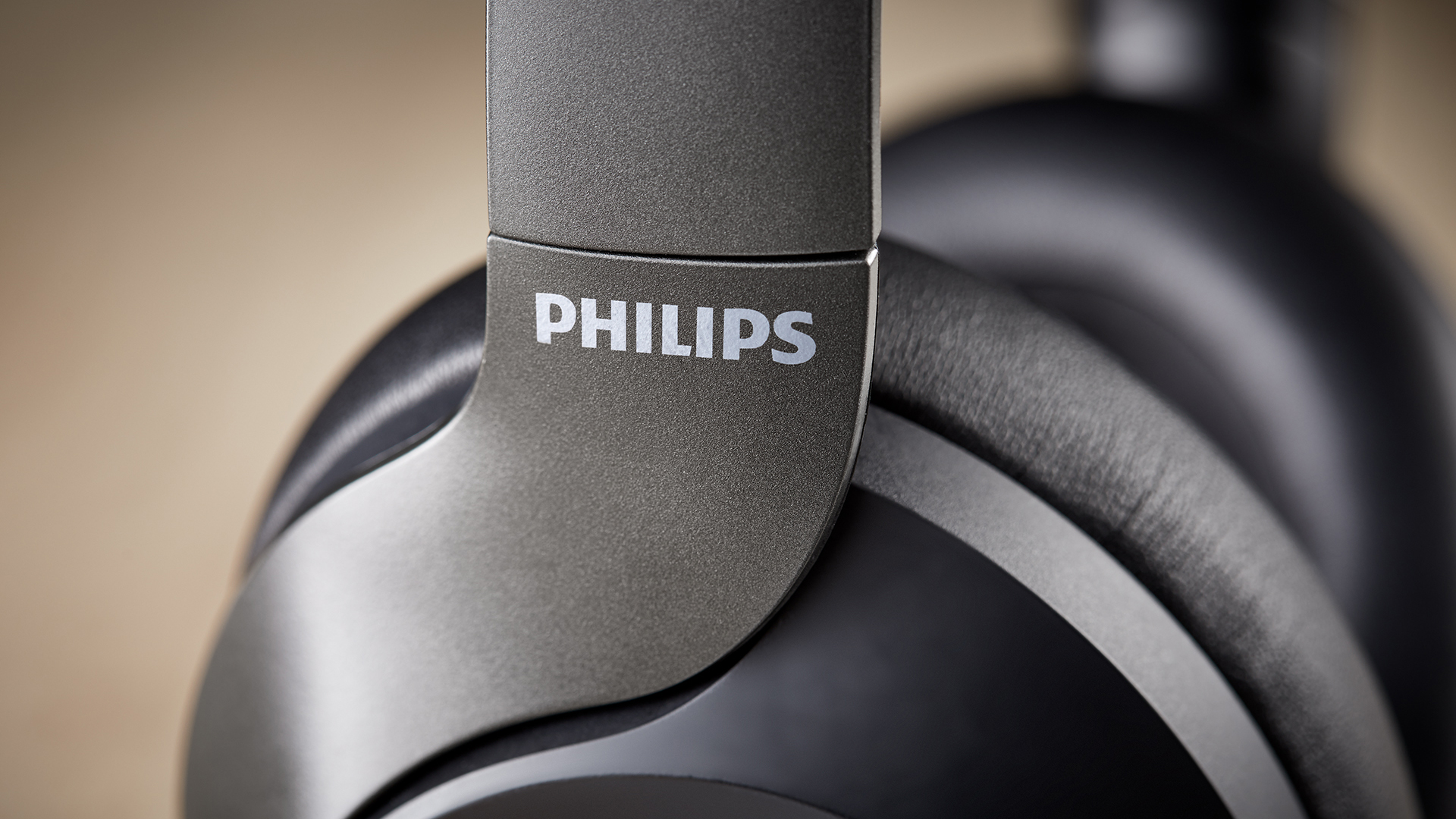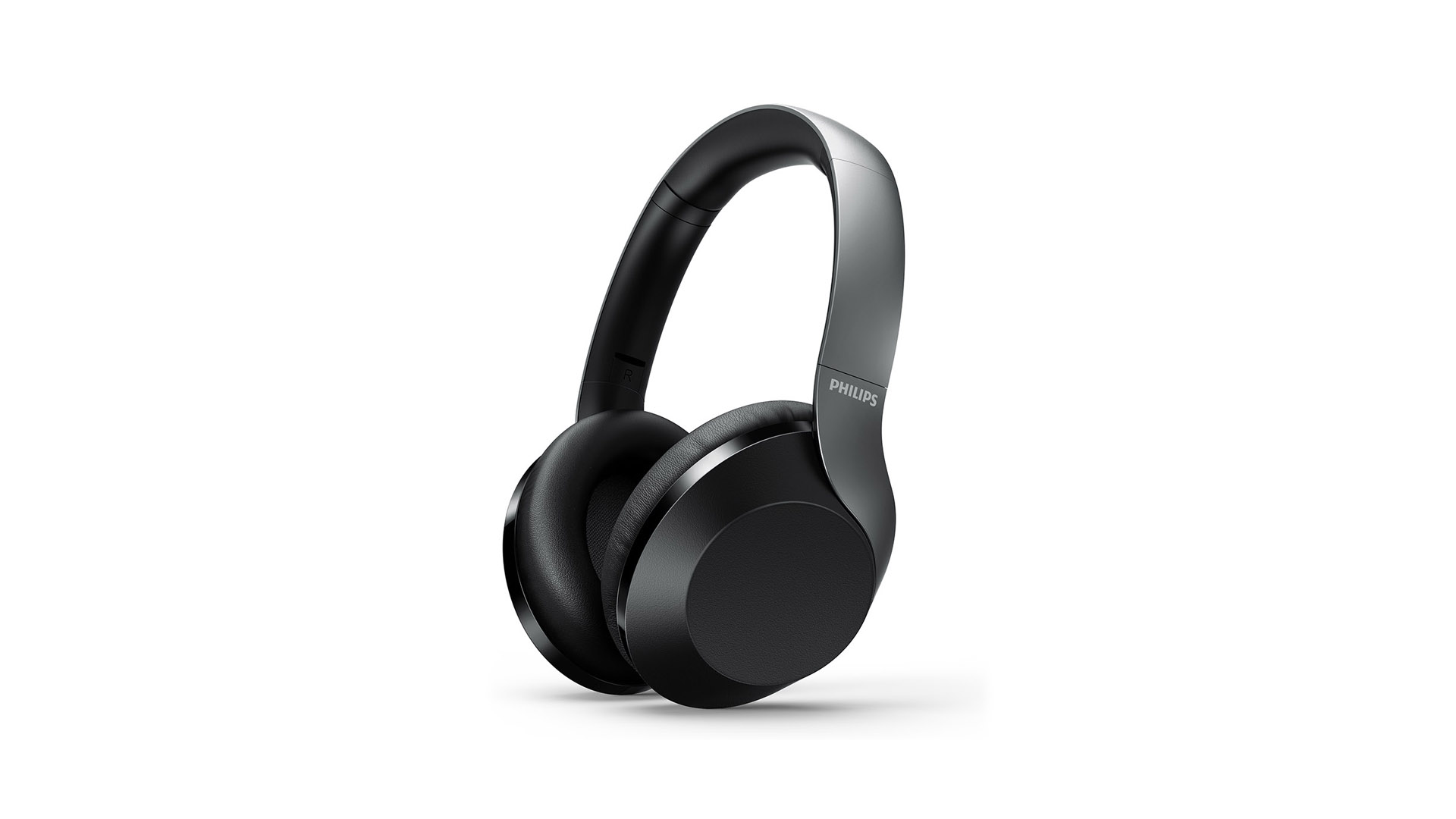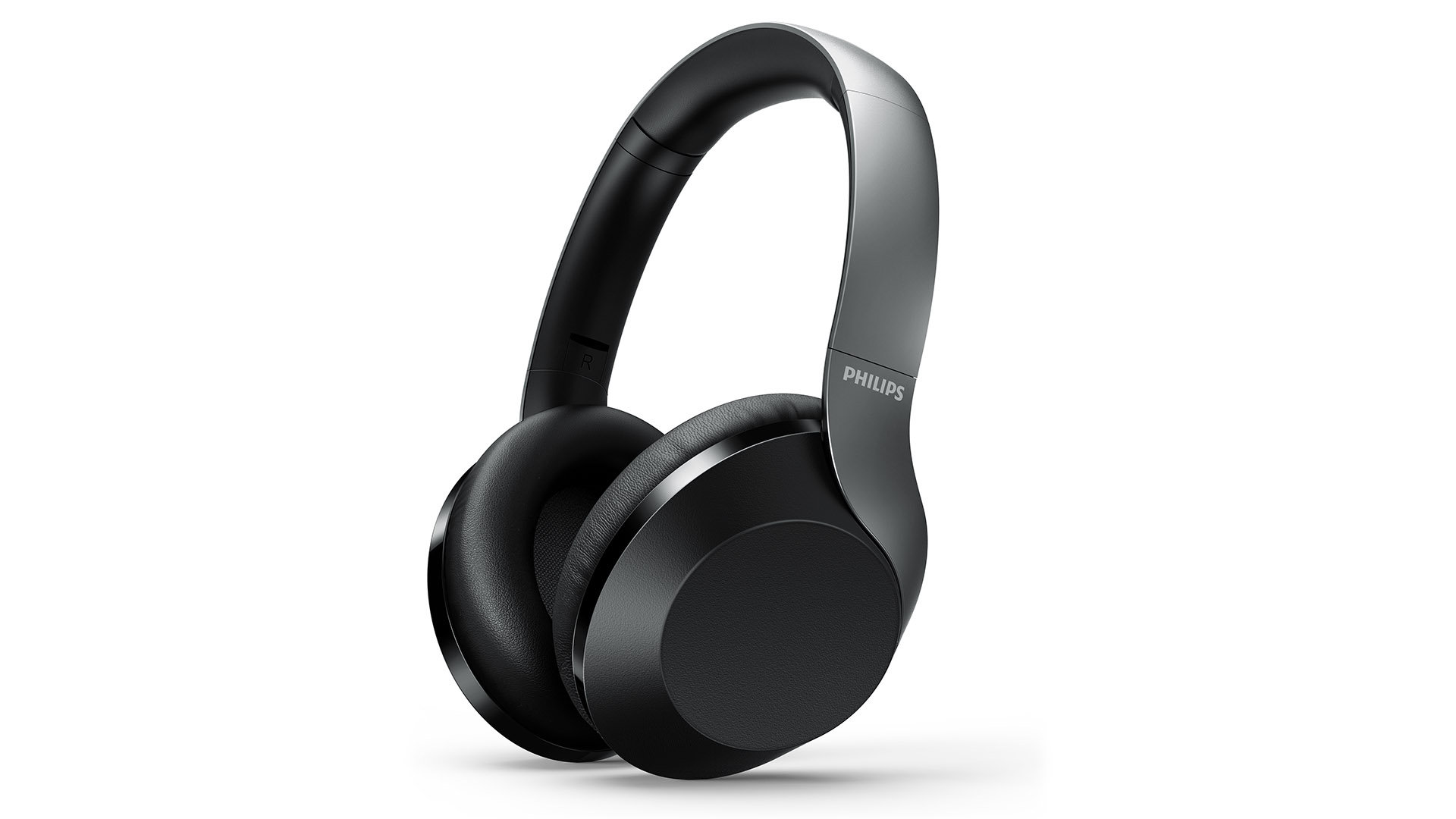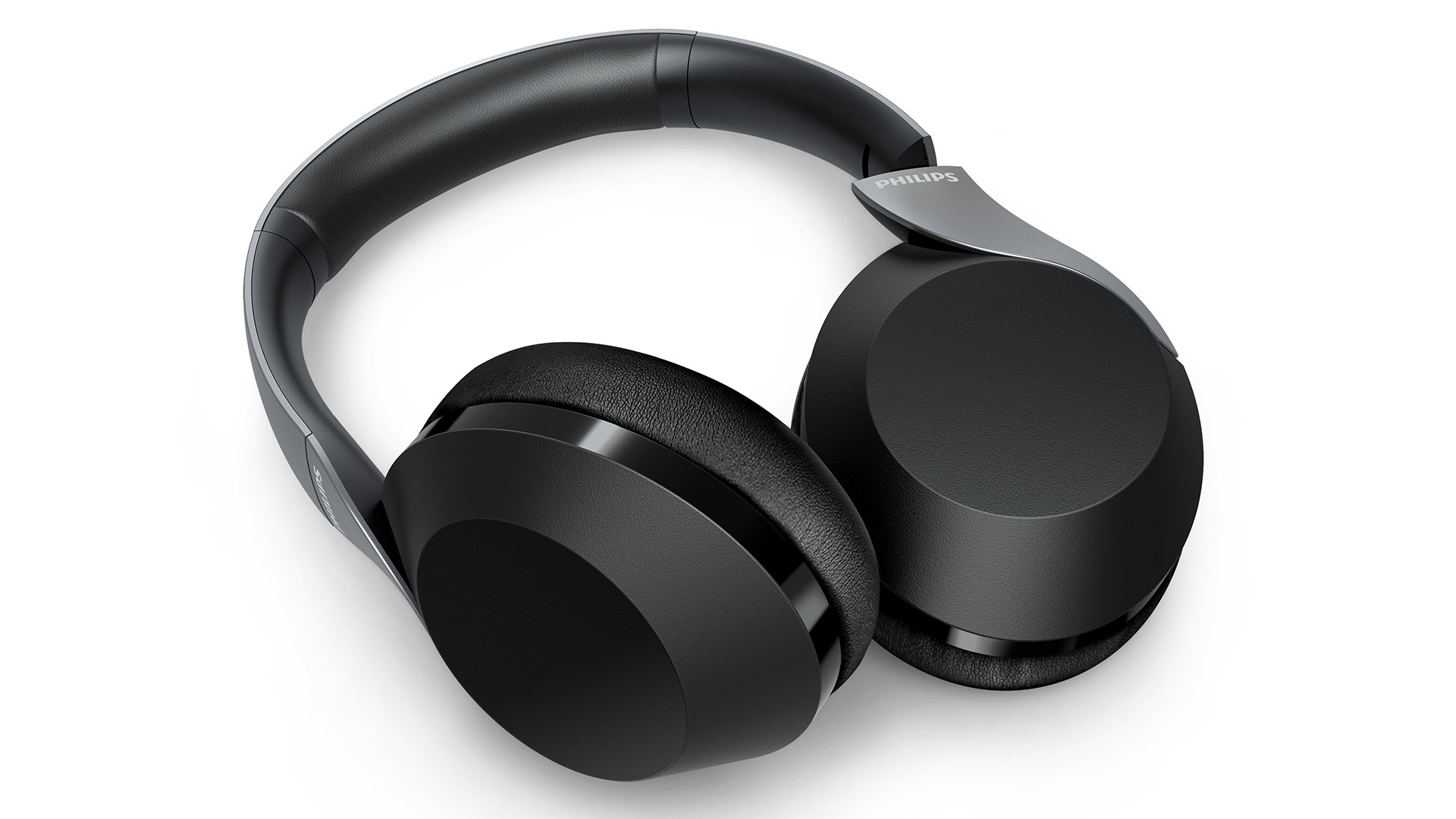What Hi-Fi? Verdict
Not quite the complete package but a diverting option nevertheless, the PH805s are well worth a listen
Pros
- +
Controlled, full-bodied sound
- +
Decent battery life
- +
Good looks and build
Cons
- -
Could handle more dynamism
- -
Mild noise-cancellation
Why you can trust What Hi-Fi?
At this point in time, it’s probably quicker to list the consumer electronics brands that don’t have a pair of wireless noise-cancelling headphones in their range. Even brands with no previous electronics experience are trying to muscle in (Adidas, we’re looking at you), so how is a manufacturer meant to stand out in such a crowded marketplace?
Philips’s strategy is to pack in most of the functionality of the current market-leaders, wrap it in a design not a million miles away from that of the current market-leaders, and then charge a fair bit less than the current market-leaders.
Of course, for this strategy to work Philips needs to pack in a performance not a million miles away from the current market-leaders too. And that’s always the trick, isn’t it?
Comfort

If imitation really is the sincerest form of flattery, there is one pair of market-leading wireless noise-cancelling over-ear headphones that should be feeling flattered by the PH805s. Sony’s acclaimed WH-1000XM3s may be getting a bit long in the tooth now, but they’re still among the best headphones of their type around. From the look of the PH805s, it’s obvious Philips is a fan.
Philips has managed to bring the PH805s in at an appreciably lower price than the likes of the Sonys without any apparent scrimping on the build quality. Not only do the PH805s feel sturdily made, of high-quality plastics, but everything that’s meant to swivel, fold or otherwise articulate does so quietly.
The faux leather of the earpads and the inside of the headband is soft – and while some might hanker after greater coverage on the inside of that headband, it’s easy to get comfortable inside these Philips headphones. The 235g weight doesn’t do any harm on this score, either. And when they’re not in use, the PH805s will fold flat.
Philips has kept the design flourishes to a minimum and instead concentrated on perceived value. And in that respect, the PH805s are right on the money – they look and feel like you’re getting your money’s-worth. If you want to make a worthwhile upgrade where luxuriousness of finish or opulence of materials is concerned, you’ll have to spend quite a lot more than this.
The latest hi-fi, home cinema and tech news, reviews, buying advice and deals, direct to your inbox.
Build

The PH805s attempt to give you the bulk of the features provided by the pricier, market-leading headphones. And here, too, the company has got things just right.
Wireless connectivity comes via Bluetooth 5.0, which is helpful when it comes to streaming hi-res audio from the likes of Tidal and Amazon. It also helps with the battery life – Philips claims 30 hours of playback from a single charge when active noise-cancelling is switched off.

Bluetooth version 5.0
Max range Up to 10m
Battery life 30 hours
Frequency range 7Hz-40kHz
Impedance 16ohm
Max power 30mW
Sensitivity 90dB
Noise-cancelling is assisted by a couple of mics in each earcup, and the system itself is activated by tapping on the right cup. There are three stages of noise-cancelling: ‘on’, ‘off’ and ‘ambient sound’, the latter of which turns down the music and turns up the sound of the outside world. A single tap on the surface of the earcup cycles through these settings.
That right earcup can also be used to turn the volume up or down and is also where most of the rest of your interaction with the PH805s takes place. There’s a hard-working push/slide button that’s used for power on/off, Bluetooth pairing, voice-assistant activation or skip forwards/backwards. There’s also a 3.5mm input in case you’re negligent enough to let the battery run flat.
The left earcup, by contrast, has just a micro-USB socket. This may well be the only feature that makes the PH805s feel a little retrograde (USB 3.0 is now fairly well established) – but nevertheless, it’s possible to get two hours of playback time from the Philips’ with just a five-minute charge.
Behind each generously padded (and rather quick to warm) memory-foam earpad there’s a 40mm full-range free-edge neodymium driver delivering sound. Philips is claiming a wide 7Hz to 40Khz frequency response from this driver – but is far from the only manufacturer to get a little carried away with specs sometimes.
Sound

It might be best to start with how the PH805s deal with sound, rather than deliver sound, because it’s this aspect of their performance that is probably least impressive. Switching the active noise-cancelling between ‘off’ and ‘on’ makes an unarguable difference, but it’s just not as big a difference as we’d hope and expect.
If one of your major considerations when selecting your next pair of headphones is their noise-cancelling efficiency, the PH805s may not be for you. They just don’t negate as much external noise as their rivals – not only the class-leaders, but plenty of other also-ran headphones too.
Get beyond that disappointment, though, and the Philips’ have plenty to recommend them. With an MQA-powered Tidal Masters file of Thundercat’s Miguel’s Happy Dance streaming, the PH805s sound as substantial and rapid at the bottom end as the tune demands. There’s good tonal variation to the Philips’ bass reproduction, and more than enough attention paid to the start and stop of individual notes to make even virtuoso playing like this sound coherent.
The same recording draws attention to the way the Philips’ manage the opposite end of the frequency range, too. Treble sounds are just fractionally rolled off, in an effort to make the PH805s sound warmish and welcoming. This relative lack of top-end attack is hardly terminal, but it makes this Thundercat tune sound slightly more polite than it really ought to.

In between, the 805s communicate impressively. The voice in the midrange of The Weeknd’s After Hours is loaded with detail, and these Philips serve up the nuances of the delivery in full. They don’t sound prissy or particularly analytical, either, so a singer’s character is described without losing sight of the overall picture. There’s real poise to the way the PH805s motor through the song, giving just as much weight and emphasis to the spaces in the song as the sounds themselves.
Aside from the slightly inhibited high-end reproduction, the PH805s are a really even-handed listen all the way down to the bottom of the frequency range. Certainly, no area gets undue emphasis, and integration is nice and smooth too. A single full-range driver ought to be able to pull this trick off quite easily, of course, but there’s no doubt some designs are better at it than others.
This sense of unflustered control only really becomes problematic when discussing the PH805s' ability with out-and-out dynamic expression. Given an up-and down, loud-and-quiet recording such as John Grant’s Queen Of Denmark, they don’t quite breathe deeply enough to put convincing distance between the most pensive and most abandoned moments of the song.
They’re not a fatally laid-back listen, but the latent threat of Grant’s attitude is blunted just a little.
Verdict
While the Philips PH805s do a sterling job of bringing the looks, build and specs of a premium pair of noise-cancellers down to a lower price, their relative lack of dynamism and slightly sub-par noise-cancellation mean they're not quite the brilliant bargain they first appear to be.
Ultimately, we're left considering a reasonably affordable pair of wireless noise-cancellers with a couple of chinks in their armour.
SCORES
- Sound 4
- Comfort 5
- Build 5
MORE:
Best noise-cancelling headphones 2020
Read our Sony WH-1000XM3 review
What Hi-Fi?, founded in 1976, is the world's leading independent guide to buying and owning hi-fi and home entertainment products. Our comprehensive tests help you buy the very best for your money, with our advice sections giving you step-by-step information on how to get even more from your music and movies. Everything is tested by our dedicated team of in-house reviewers in our custom-built test rooms in London, Reading and Bath. Our coveted five-star rating and Awards are recognised all over the world as the ultimate seal of approval, so you can buy with absolute confidence.

